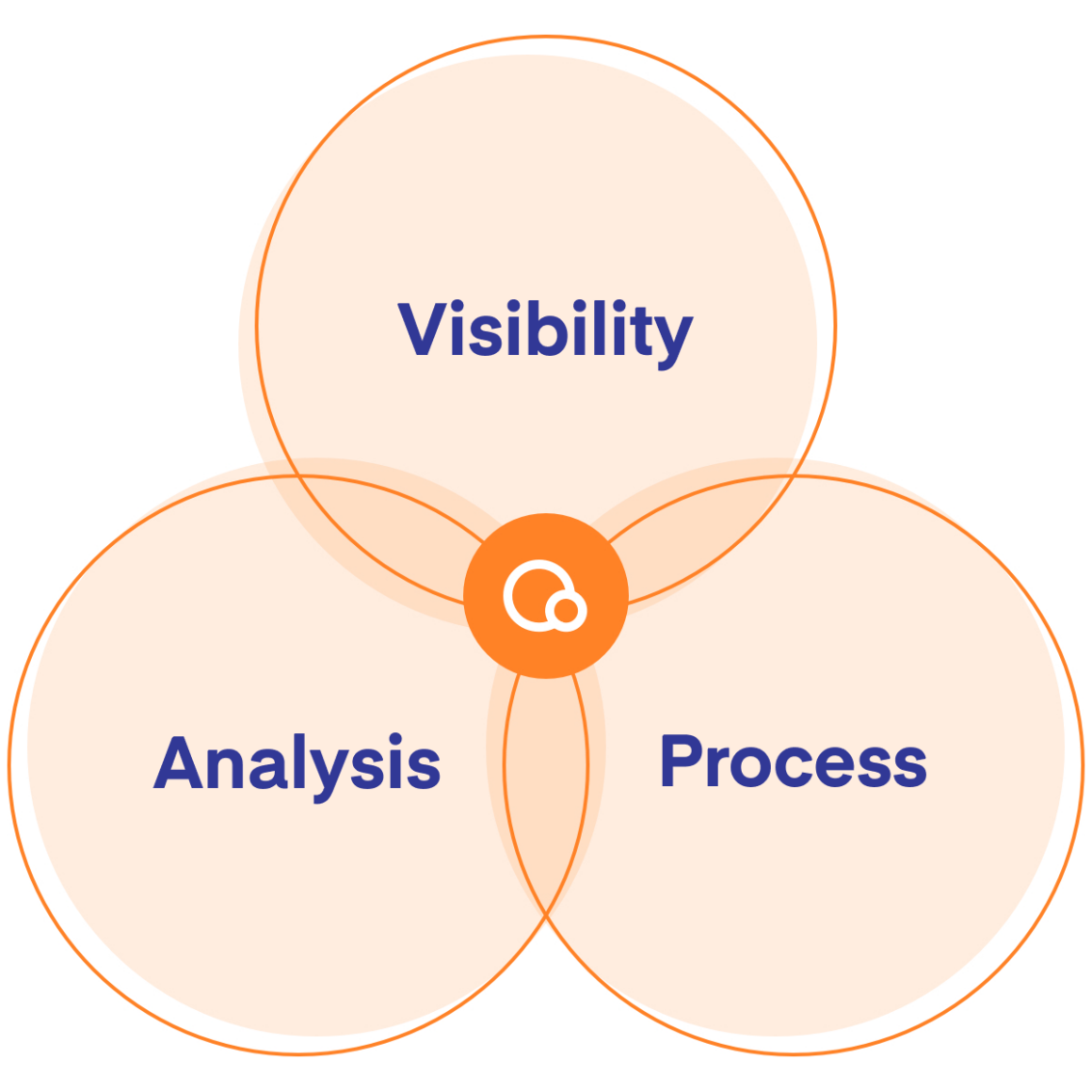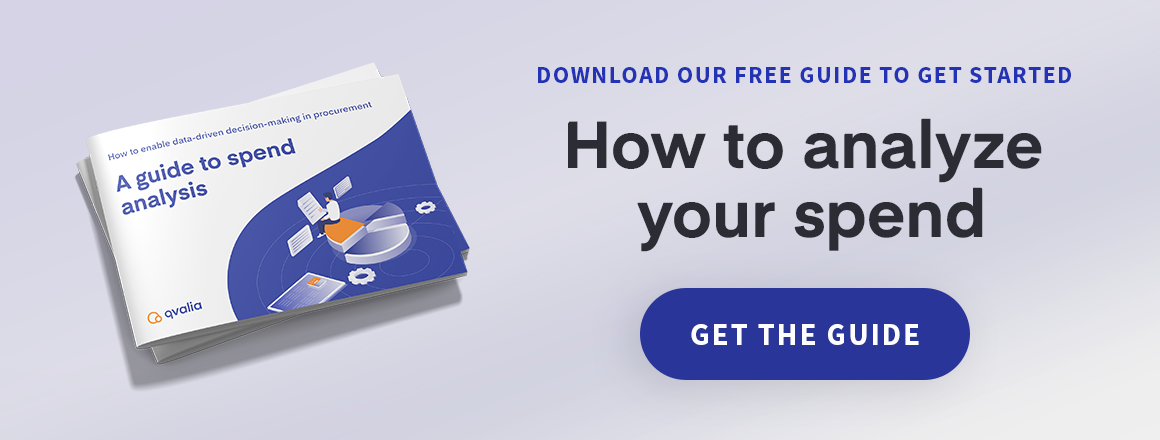
Financial, procurement, and management teams everywhere know about the advantages of solid spend management. Having a proper spend analysis plan in place and managing costs have been proven to reduce costs while still retaining optimal quality for internal operations and manufacturing output.
Fine-tuning how your business receives the products and services it needs to function is one of the best steps you can take towards higher profitability in a competitive market.
But it can be frustrating to adopt spend analysis, especially if you aren’t entirely sure how it works—or what the best ways to approach it even are. Some management teams become frustrated that the return on investment isn’t as high as expected; processes are slow to start, can be technically complex, and spend analysis software can be costly.
We’ve discussed the importance of spend data collection and data quality in previous blog posts. Now it’s time to explore the role of the spend management strategy in an organization.
The concept is captured in the spend management triangle: spend analysis, visibility, and processes. These three components make up the backbone a business needs to control its costs, foster more positive relationships with suppliers, and optimize procurement.
Visibility and spend management
To understand spend visibility, you have to know that certain metrics control how efficient a process or supply chain is. For instance, how much is a department spending each quarter? What products are being purchased? Is the purchase order value in line with the budget, and are you receiving the right quality goods for your money?
Spend visibility, as its name suggests, seeks to allow management teams to know what’s going on with these kinds of metrics, both past, and present. In other words, you will know how money is flowing through the company. This knowledge is essential for making improvements to corporate spending habits.
Achieving visibility largely has to do with collecting data and making it fit for analysis. That is:
- Collecting spend data from various departments and ensuring that no maverick spending takes place that goes unaccounted for
- Cleansing the data to resolve any discrepancies or errors that inevitably occur
- Categorizing everything so that useful insights show up during the analysis
There’s far more to visibility than that, of course, but this is the main concept. It’s one of the most important parts of procurement optimization for many firms.
Analysis and spend management
At this point, you want to draw conclusions from the curated spend data and use it to make more informed future business decisions regarding expenditure. The general idea is to categorize the information and use it to find trends. Then base your future procurement improvements on the findings.
The way a business goes about the analysis portion differs depending on current needs and circumstances, but a typical process includes steps like:
- Identifying where transactions are being made and gathering the spending data accordingly. Check for errors and categorize everything. These steps are all part of the visibility phase, and the result is a clean data repository that’s easy to analyze.
- Don’t forget to group suppliers as well as part of vendor management efforts, which will deepen your understanding of current spend.
- Perform the analysis, ideally using any tools and services available for the job. Identify new categories to control sourcing for, negotiate better contracts with current suppliers, or even find new suppliers that will offer you a better deal.
Remember that the work of a spend analyst is never complete. There are always new opportunities to improve, so make it a cyclical process.
Spend management in daily processes
The final step is to put your findings into action. Develop changes to procurement policies that fall in line with the conclusions of the analysis. Work directly with department heads to ensure that they are switching to any new suppliers you specified.
Keep in mind that not all spending changes will be related to producing the goods and services you sell, which are related to direct spending. Indirect spending, by contrast, covers every other cost like maintenance, marketing, professional services, transportation, and others.
Don’t forget to measure your progress in the end. Find out what the return on investment is for the work, whether it’s higher sales or lower costs associated with running the business.
What an automated solution can do for you
The spend triangle of visibility, analysis, and process changes shows how multifaceted and complex business spend can be. Optimizing it for better revenue and supplier relations takes significant time and effort, so why not modernize your approach?
Financial management platforms like Qvalia are custom-built for spend analysts. Collect, clean, and categorize data efficiently through software, and let the platform generate useful reports and insights to show leadership.
Unlock new levels of spend efficiency with the right insights. Book a demo with one of our spend analysis specialists today to get started.
